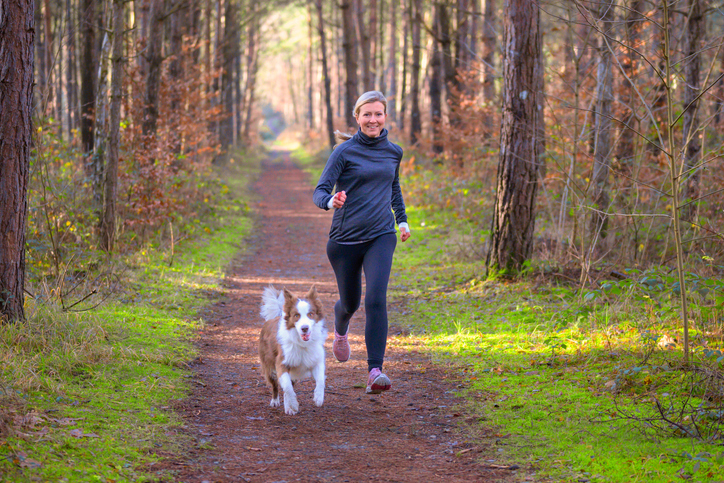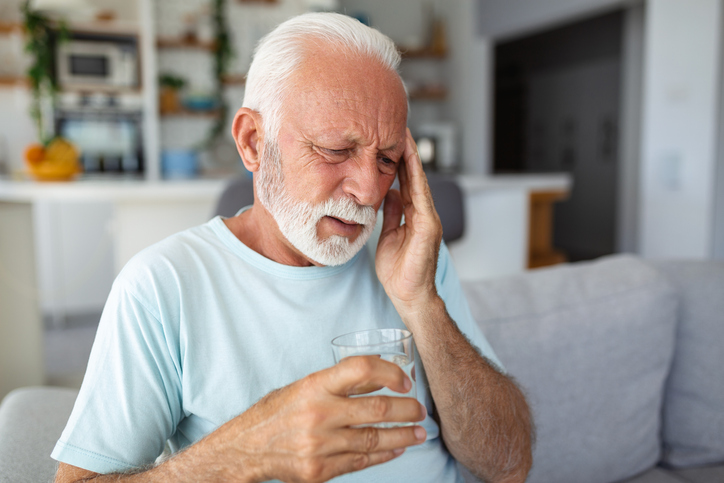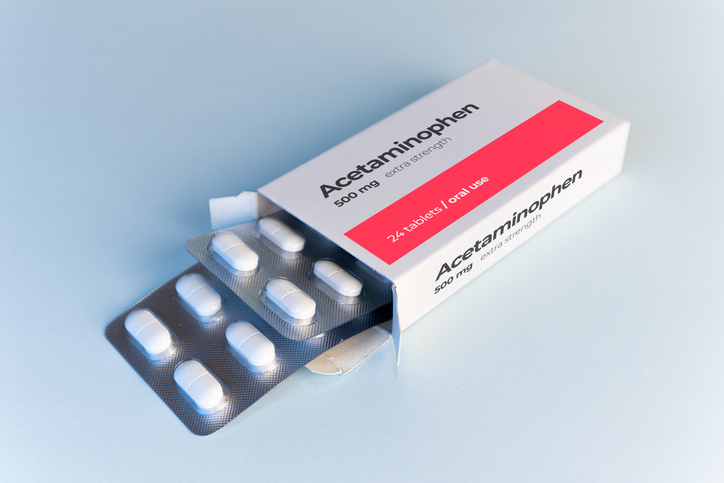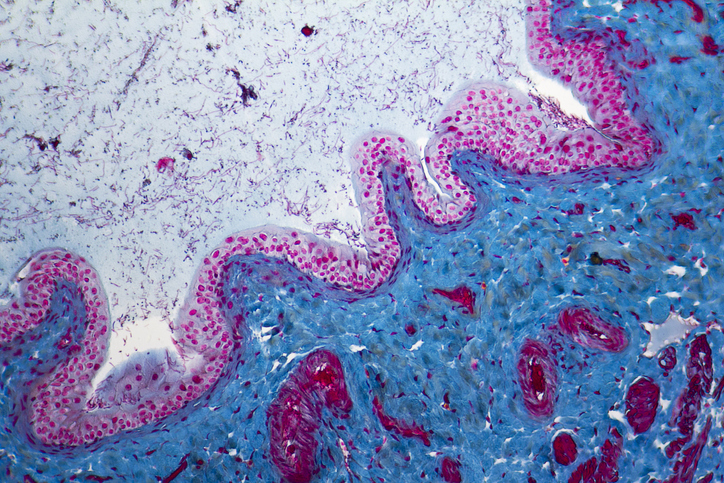
Here are the top stories recently covered by DocWire News in the Rheumatology section. In this edition, read about the correlation between intimate partner violence and chronic diseases, the best exercise for bone health in obese patients, satisfaction among older spine surgery patients, and the effect of pubertal timing on adult fracture risk.
Women exposed to intimate partner violence (IPV) have a greater risk of developing fibromyalgia or chronic fatigue syndrome (CFS), according to a new report. The researchers conducted a retrospective cohort study, which was published in the Journal of Interpersonal Violence, using data from The Health Improvement Network database spanning Jan. 1, 1995, through Dec. 1, 2017. Women exposed to IPV (n = 18,547) were age-matched to four controls not exposed to IPV (n = 74,188). The primary outcome measures were the risk of developing fibromyalgia and CFS, which the authors calculated as adjusted incidence rate ratios (aIRRs). A total of 97 women in the IPV group developed fibromyalgia (incidence rate [IR]=1.63 per 1,000 person-years) versus 239 in the control group (IR=0.83 per 1,000 person-years); the calculated aIRR was 1.73. CFS presented in 19 women in the IPV group (IR=0.32 per 1,000 person-years), versus 53 in the control group (0.18 per 1,000 person-years), translating to an aIRR of 1.92.
A new study compared the impact of resistance versus aerobic exercise regimens on bone health in obese adults and concluded that resistance exercise is effective alone and in combination with aerobic exercise, while aerobic exercise was not effective as a standalone option. The randomized controlled trial compared aerobic versus resistance exercise, alone and in combination, during matched ~10% weight loss in 160 obese adults. Changes in bone mineral density at the total hip, femoral neck, trochanter, intertrochanter, one-third radius, and lumbar spine, as well as bone markers, were all evaluated. Intensive lifestyle interventions were implemented for six months. The researchers concluded in their abstract that “both resistance and combined aerobic and resistance exercise can be recommended to protect against bone loss during weight loss therapy of older adults with obesity.”
The majority of patients who underwent lumbar disc herniation surgery were satisfied in a new study. Final analysis included 2,095 patients (mean age [range], 71.5 [65-91] years; 52% were male), of whom 1,495 (71%) were satisfied, 380 (18%) were uncertain, and 220 (11%) were dissatisfied one year postoperatively. Compared to patients who were unsatisfied or uncertain, those who reported postoperative satisfaction were younger and had a shorter preoperative duration of leg pain, higher 36-Item Short Form Survey mental component score, and more leg pain than back pain. Among patients with leg pain up to three months, 81% were satisfied, compared to 57% of patients with leg pain longer than two years.
Boys with late pubertal timing may have a greater risk of fracture as men, according to the findings of a new study. The study included 31,971 Swedish men born between Jan. 1, 1945, and Dec. 31, 1961. The researchers calculated the age at peak height velocity (PHV) using a modified infancy-childhood-puberty model. Mean (SD) age at PHV was 14.1 (1.1) years. A total of 5,872 of participants (18.4%) sustained at least one fracture after age 20; during a mean (SD) follow-up of 37.3 (11.7) years, 5,731 (17.9%) sustained a non-vertebral fracture after age 20. Patients in the highest tertile for age at PHV (older than 14.5 years)—compared to those in the lowest tertile (13.6 years or younger)—had an increased all-fracture risk as well as non-vertebral fracture risk. Adjusting for birthweight, body mass index during childhood, adult educational level, and young adult height did not reduce the correlation between PHV age and adult fracture risk.







 © 2025 Mashup Media, LLC, a Formedics Property. All Rights Reserved.
© 2025 Mashup Media, LLC, a Formedics Property. All Rights Reserved.